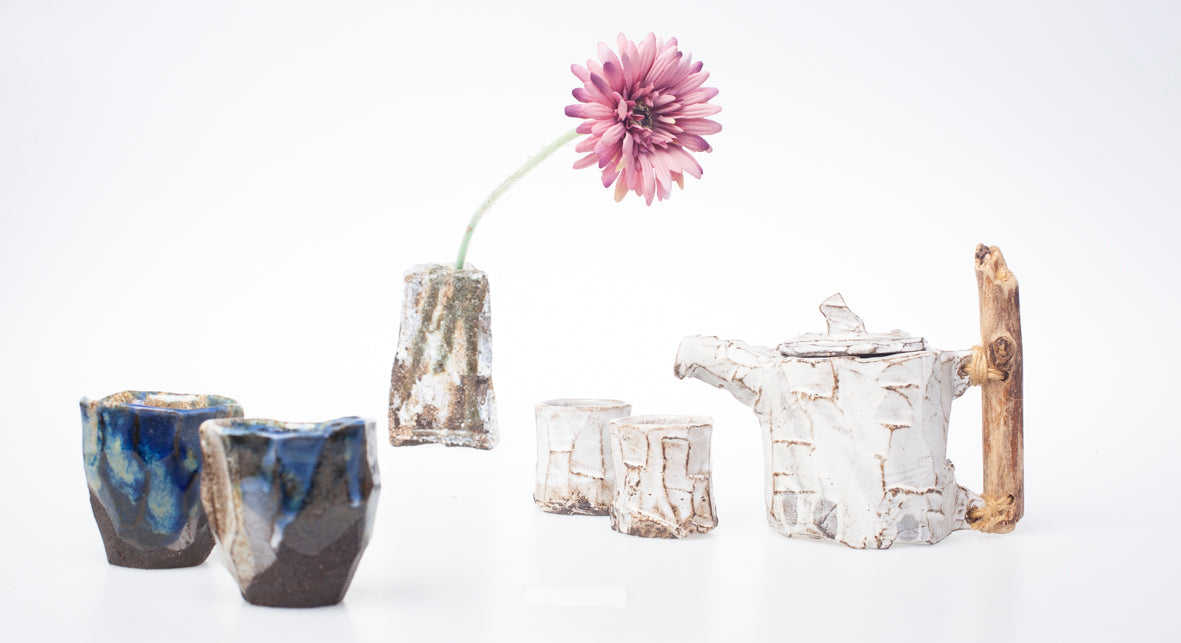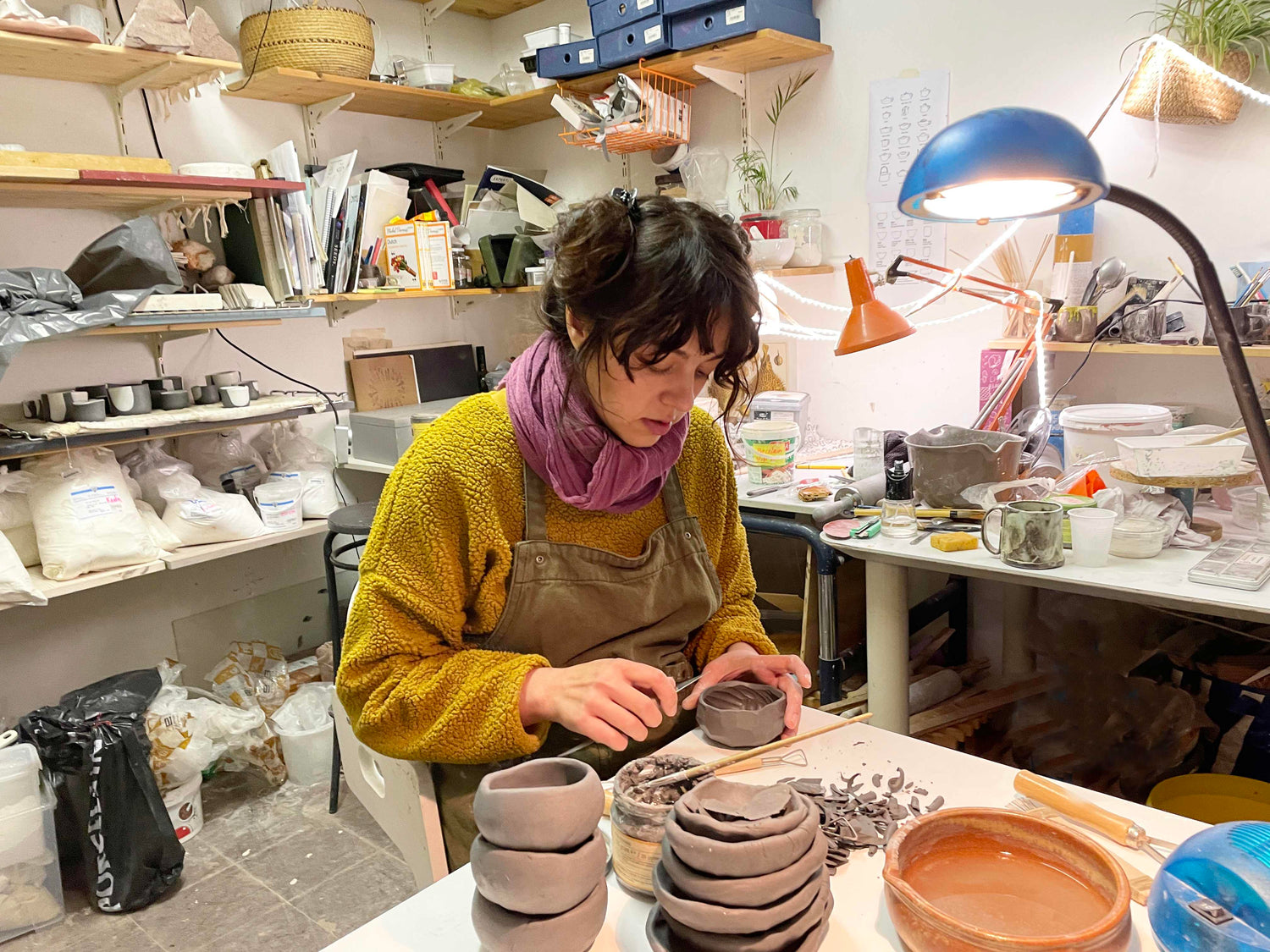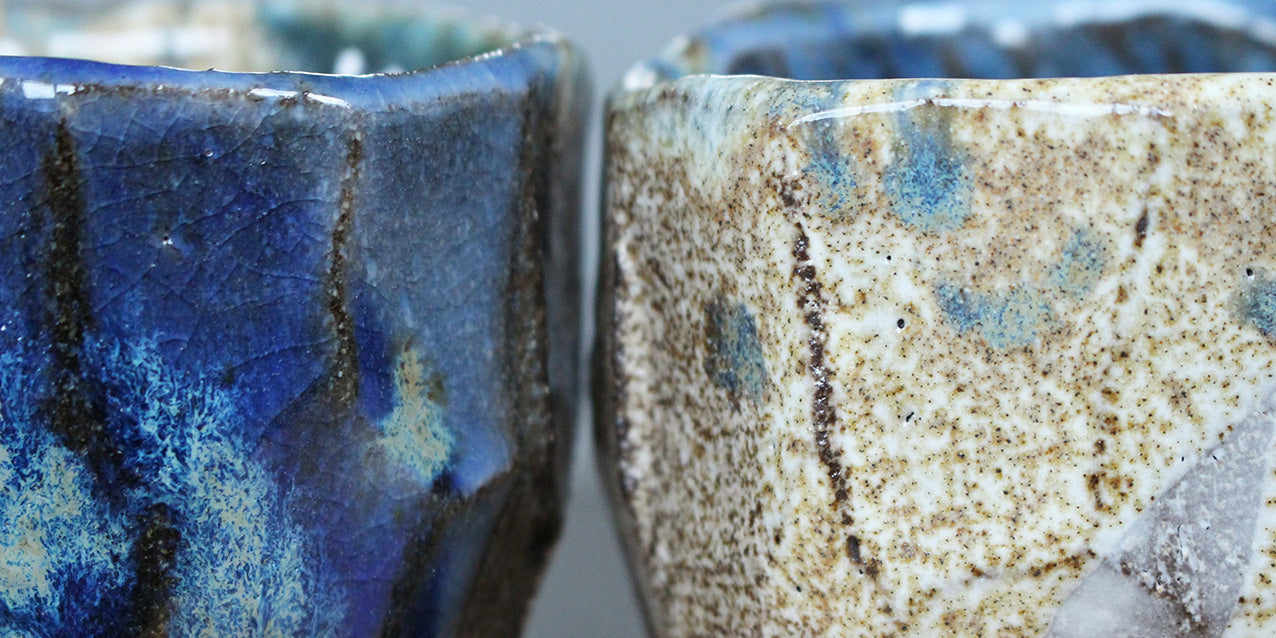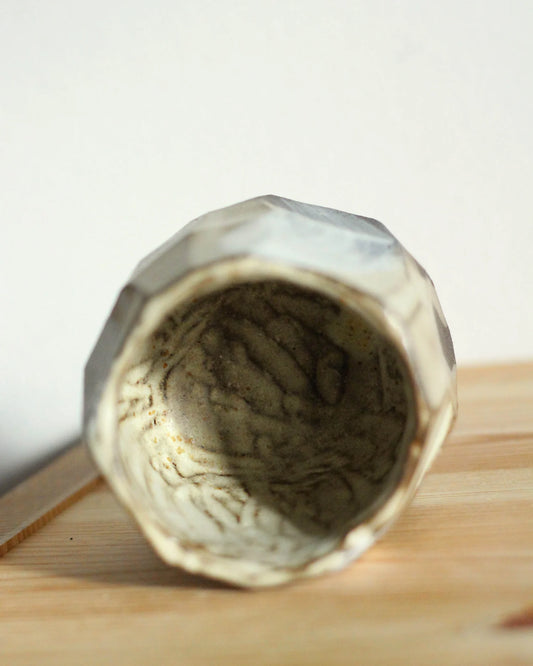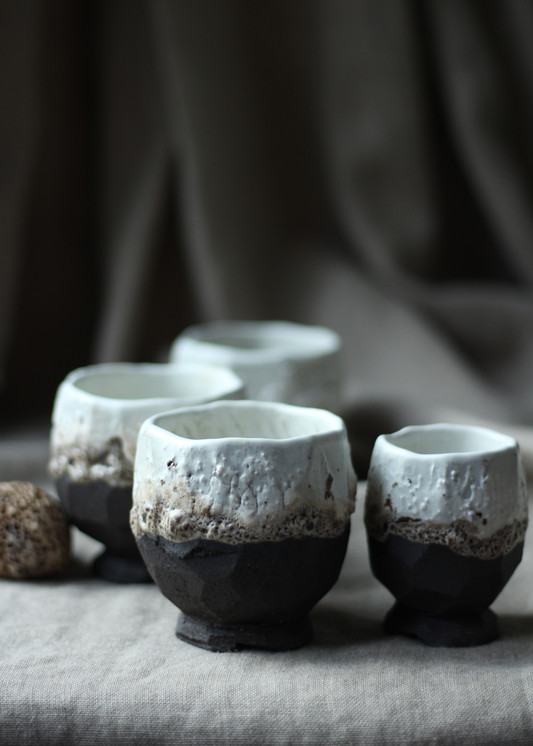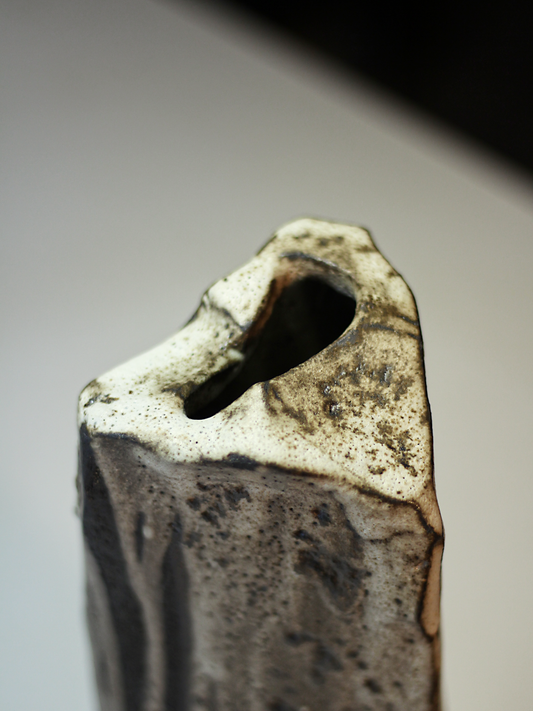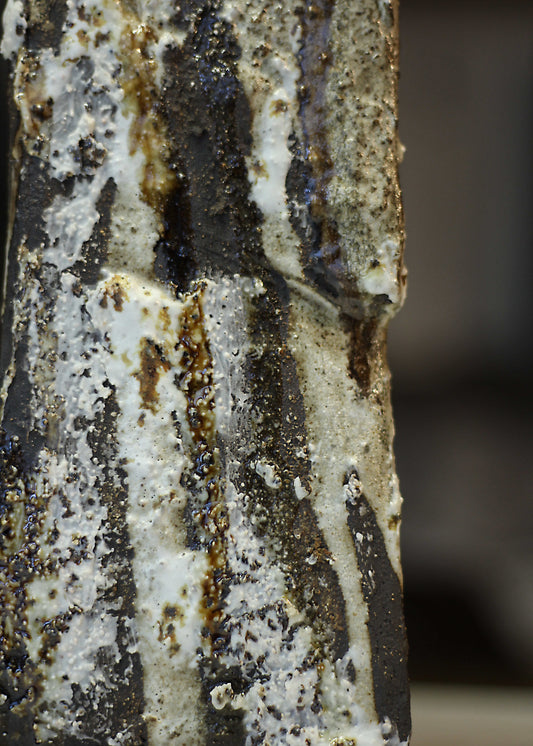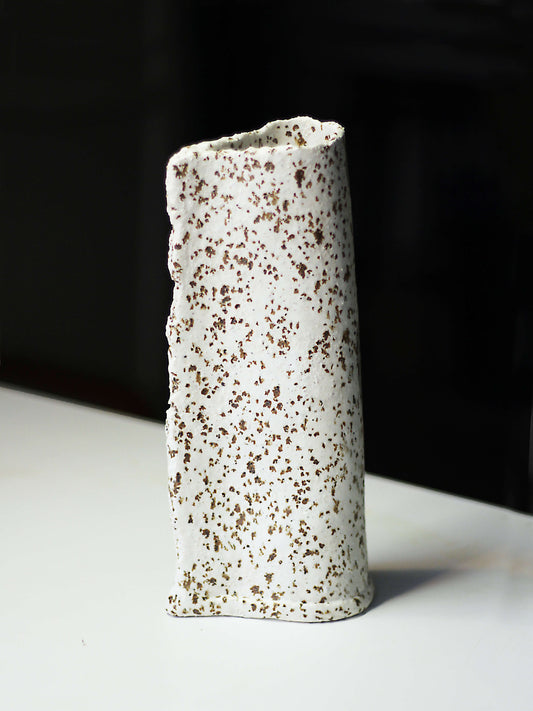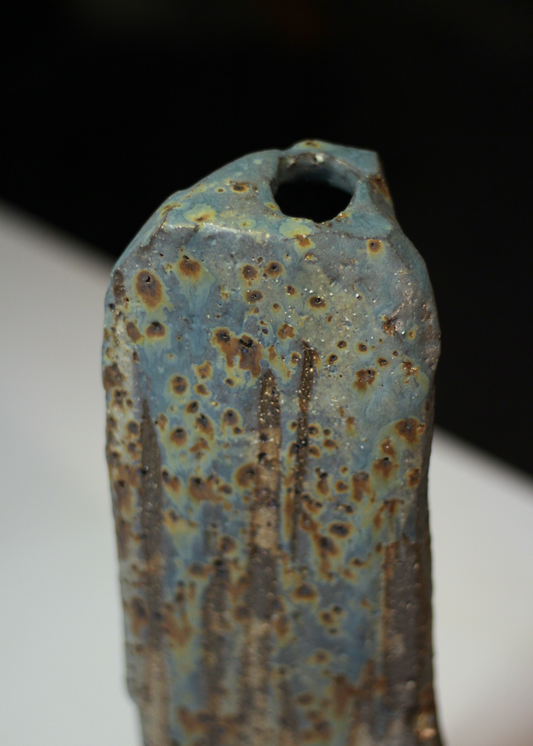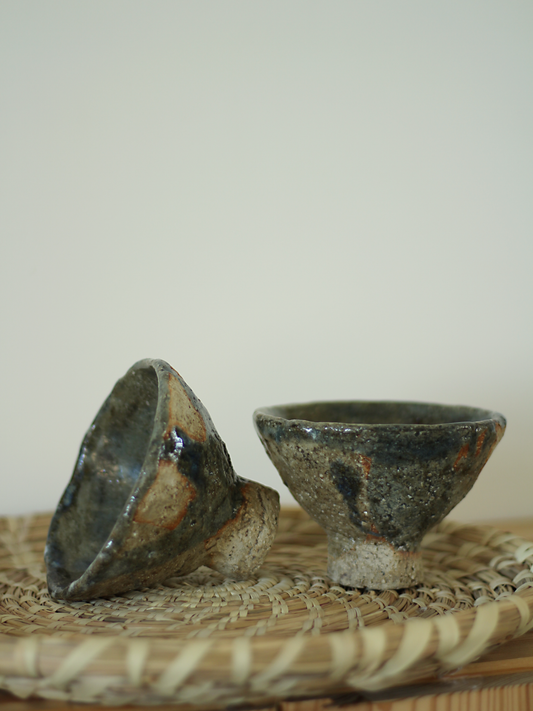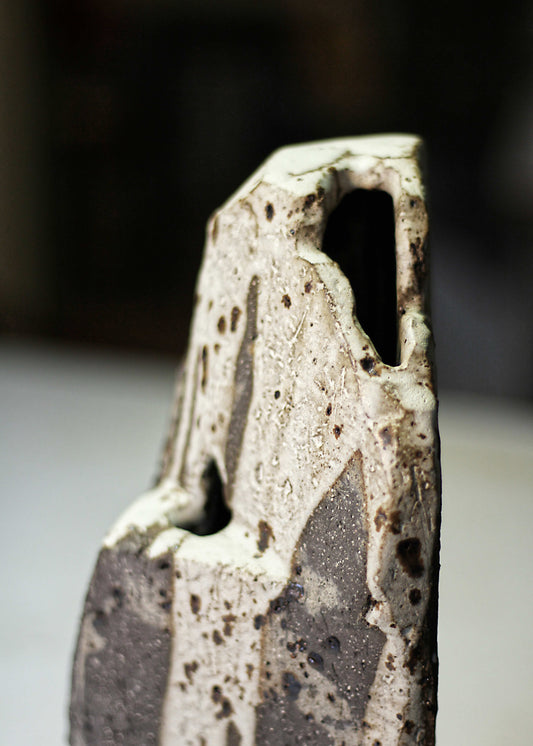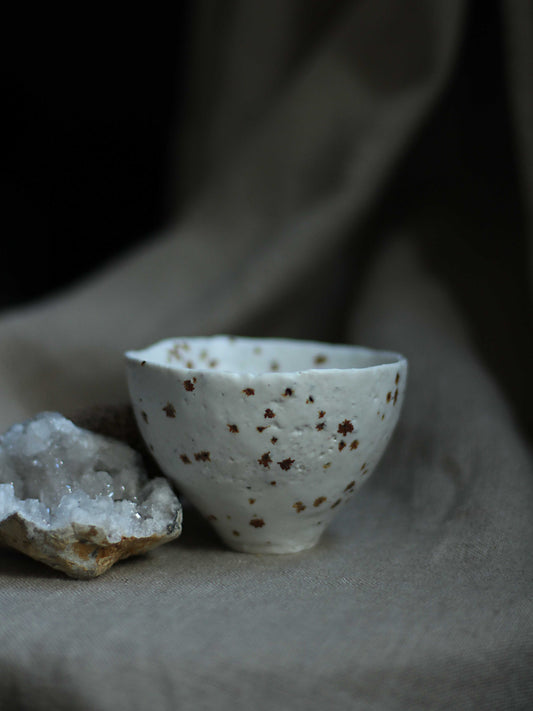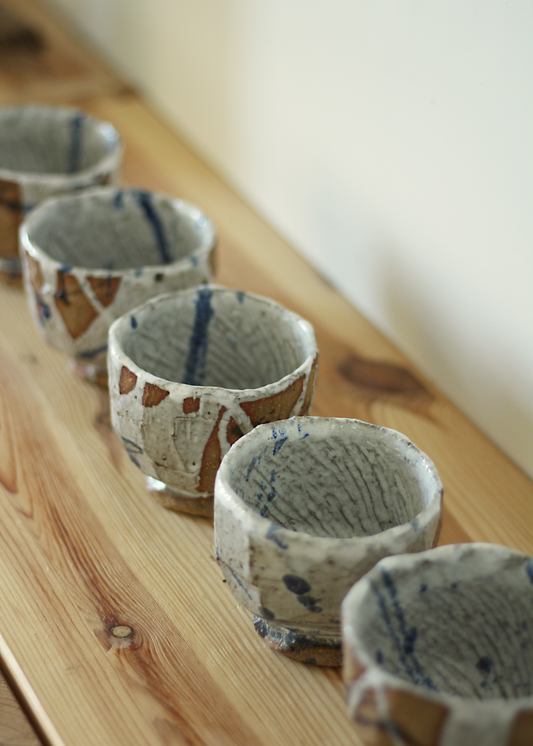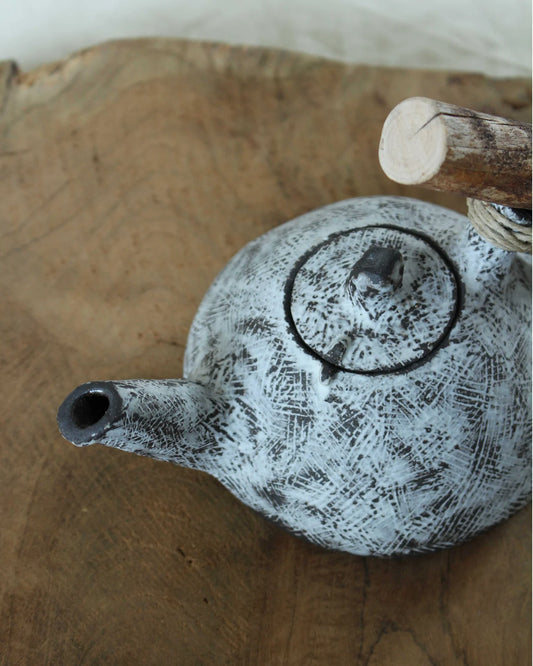Maker's Story
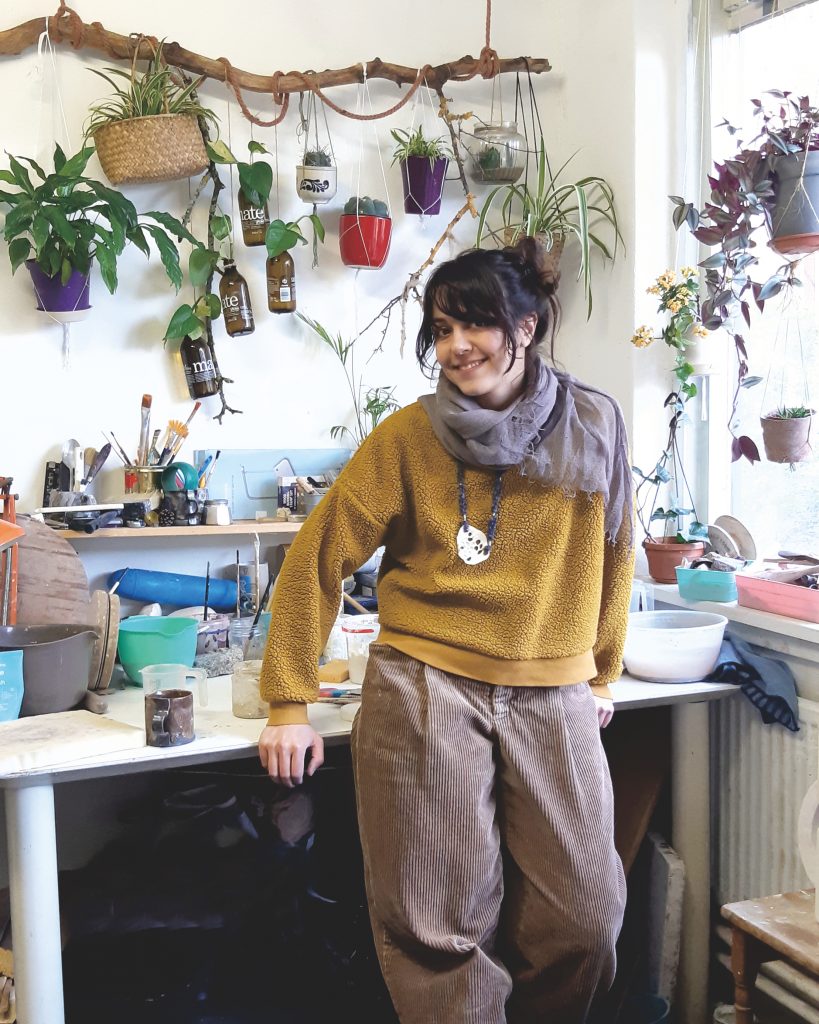
The Process
Products
-
Kurinuki single cup no. 16
Regular price €45,00Regular priceUnit price per -
Still Spume - Large
Regular price €58,00Regular priceUnit price per -
Still Spume - small
Regular price €45,00Regular priceUnit price per -
Abandoned vessel nr 9
Regular price €680,00Regular priceUnit price per -
Abandoned vessel Nr 7
Regular price €590,00Regular priceUnit price per -
Mist Rust, vase nr2
Regular price €68,00Regular priceUnit price per -
Whisperwell 02
Regular price €495,00Regular priceUnit price per -
Abandoned Vessel 12
Regular price €760,00Regular priceUnit price per -
Kurinuki Set
Regular price €45,00Regular priceUnit price per -
Abandoned Vessel 10
Regular price €490,00Regular priceUnit price per -
Delfts' Kurinuki
Regular price €55,00Regular priceUnit price per -
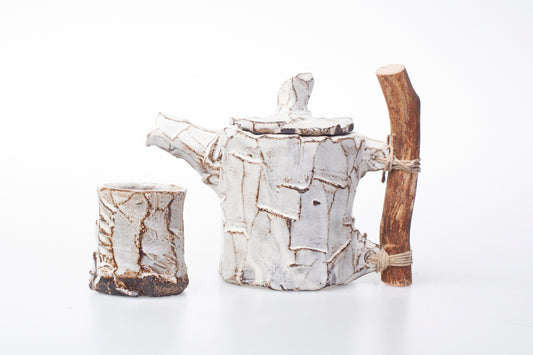
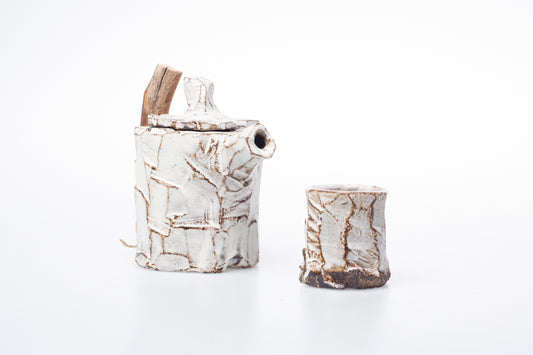 Sold out
Sold outTeapot set with one cup No.2
Regular price €60,00Regular priceUnit price per -
Teapot no.2
Regular price €280,00Regular priceUnit price per
Q&A
What motivates you to make?
What and/or who are you most inspired or influenced by?
What is your unique approach to your craft and how have you honed your skills?
What is your defining or proudest moment as a maker so far?
What is your dream project?


